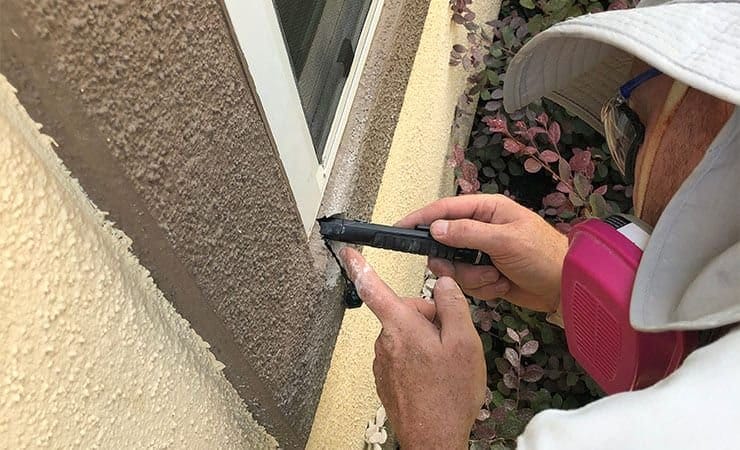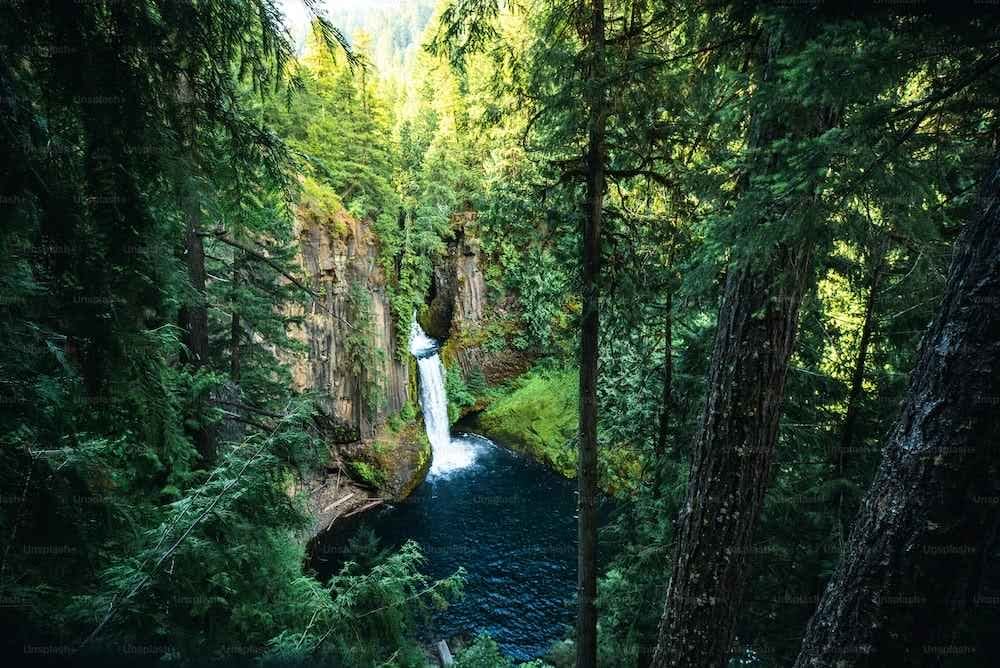
The Beauty and Benefits of Concrete Stucco
Concrete Stucco is a versatile and durable exterior finish that adds beauty and protection to buildings. It is a popular choice for both residential and commercial properties in the Portland and Vancouver metropolitan areas. Our expert team at Keystone Industries specializes in providing high-quality concrete stucco services, transforming the appearance of your property with a seamless and stylish finish. Our skilled craftsmen meticulously apply the stucco, ensuring a smooth and even surface that enhances the aesthetics of your building. Concrete stucco is not only visually appealing but also provides excellent weather resistance and insulation, making it a practical and cost-effective choice for any construction project. With years of experience and a commitment to using top-of-the-line materials, we guarantee the longevity and durability of our concrete stucco applications. Whether you need stucco installation for a new construction or stucco repair to revitalize an existing building, we have the expertise and skills to deliver outstanding results. Trust Keystone Industries for all your concrete stucco needs, and let us elevate the beauty and protection of your property with our exceptional services. Contact us today to discuss your project and experience the difference that our concrete stucco solutions can make for your home or business.
Stucco and concrete are two of the oldest building materials that have stood the test of time. While they share some similarities, they also have distinct characteristics that make them suitable for different applications. In this article, we will delve into the world of concrete stucco and explore its features, advantages, and applications. Go to our Concrete Page
What is Stucco and How is it Different from Concrete?
Stucco is a type of plaster finish that is commonly used on exterior walls. It is known for its unique texture and appearance, which adds character and charm to any structure. Stucco is typically composed of cement, sand, and water, which are mixed together to form a thick paste. This paste is then applied to the surface of the wall, creating a durable and aesthetically pleasing finish.
Concrete: A Reliable and Sturdy Building Material
Concrete, on the other hand, is a versatile and reliable building material that is used in a wide range of applications. It is composed of cement, water, and aggregates such as sand and gravel. Concrete is known for its strength and durability, making it an ideal choice for structural elements such as foundations, walls, and floors.
The Differences Between Stucco and Concrete Walls
While both stucco and concrete are composed of cement, they have different properties and applications. Stucco is primarily used as a decorative finish for exterior walls, while concrete is used for structural purposes. Stucco is generally applied in thin layers and cannot bear much weight, whereas concrete is much thicker and can support heavy loads. Additionally, stucco is more flexible and can adapt to the curves and contours of a structure, while concrete is rigid and less malleable.
Why Choose Stucco for Your Exterior?
Stucco offers several benefits that make it an attractive choice for exterior finishes. Firstly, stucco is breathable, allowing moisture to pass through and preventing the buildup of condensation. This helps to protect the underlying structure from moisture damage, such as rot and mold. Additionally, stucco is highly durable and can withstand harsh weather conditions, making it an excellent choice for both hot and cold climates.
The Benefits of Breathable Stucco
One of the key advantages of stucco is its breathability. Stucco is permeable to moisture vapor, allowing it to evaporate and prevent moisture from getting trapped within the walls. This is particularly important in areas with high humidity or heavy rainfall, as it helps to prevent the deterioration of the underlying structure. Breathable stucco also helps to regulate the temperature inside the building, keeping it cool in the summer and warm in the winter.
Exploring Decorative Stucco Finishes
Another advantage of stucco is its versatility when it comes to decorative finishes. Stucco can be tinted with pigments or painted in a variety of colors, allowing for endless design possibilities. It can also be textured to create different effects, such as a rough or smooth finish. Whether you prefer a traditional or modern look, stucco can be customized to suit your aesthetic preferences.
The Role of Cement in Stucco Composition
Cement is a fundamental component of stucco and plays a crucial role in its composition. Portland cement is the most commonly used type of cement in stucco applications. It is a fine powder that, when mixed with water and aggregates, forms a paste that binds the stucco together. Portland cement provides the strength and durability that stucco requires to withstand the elements and remain intact for years to come.
The Function of Plaster in Stucco Applications
Plaster is another essential ingredient in stucco. It acts as a binder, holding the stucco mixture together and providing adhesion to the surface. Plaster is typically composed of sand and cement, which are mixed together with water to create a workable paste. The plaster is applied to the surface before the stucco is added, creating a strong bond between the stucco and the underlying substrate.
The Surface Preparation for Applying Stucco on Concrete
Before applying stucco on concrete, proper surface preparation is essential. The concrete surface should be clean and free from any loose particles or debris. Any existing cracks or voids should be repaired to ensure a smooth and even application of the stucco. A metal lath is often used as a base for the stucco, providing a secure surface for the stucco to adhere to.

Protecting Against Moisture in Stucco Structures
Moisture can be a concern in both stucco and concrete structures. In stucco, the breathable nature of the material helps to prevent moisture buildup and protect against issues such as rot and mold. However, it is important to ensure that the underlying structure is properly waterproofed to prevent water penetration. In concrete structures, proper drainage systems and waterproofing measures should be in place to prevent moisture-related problems.
The Hardening Process of Stucco and Concrete
Both stucco and concrete undergo a hardening process as they cure. In the case of stucco, the cement and water mixture gradually dries and hardens, creating a solid and durable finish. Concrete, on the other hand, goes through a chemical reaction known as hydration, where the cement reacts with water to form a hardened mass. This hardening process gives concrete its strength and durability.
Ensuring Durability in Vertical Stucco Surfaces
Vertical stucco surfaces pose some unique challenges in terms of durability. Gravity can put additional stress on the stucco, leading to cracks or detachment from the substrate. To ensure the longevity of vertical stucco surfaces, proper application techniques should be followed, such as using a sufficient amount of base coat and allowing each layer to cure thoroughly before applying the next. Additionally, regular maintenance and inspections can help identify and address any issues before they escalate.
Using Stucco to Sheathe Frame Construction
In frame construction, stucco is often used as an exterior sheathing material. It provides a protective layer that helps to insulate and waterproof the structure. Stucco is applied over a layer of metal lath, which provides a secure surface for the stucco to adhere to. The stucco is typically applied in multiple layers, including a base coat and a finish coat, to create a smooth and durable finish.
The Versatility of Stucco Systems
Stucco systems offer a high level of versatility when it comes to design and construction. Stucco can be applied to various substrates, including wood, concrete, and masonry, making it suitable for a wide range of architectural styles. Stucco can also be shaped and molded to create curves and other architectural details, adding visual interest to the building. The use of different colors and textures further enhances the versatility of stucco systems.
Adding Variety with Colors and Textures in Stucco Finishes
Colors and textures play a significant role in the aesthetics of stucco finishes. Stucco can be tinted with pigments to achieve a wide range of colors, allowing for creative expression and customization. Additionally, different textures can be achieved by altering the size and shape of the aggregates used in the stucco mixture. Whether you prefer a smooth, polished finish or a more rustic, textured look, stucco can be tailored to your preferences.
In conclusion, concrete stucco offers a combination of beauty and practicality. Its unique characteristics, such as breathability and durability, make it a popular choice for exterior finishes. Whether you are looking to enhance the curb appeal of your home or protect the underlying structure from moisture damage, stucco can provide a reliable and aesthetically pleasing solution.

Oregon
Portland, Beaverton, Gresham, Hillsboro, Corbett, Cornelius, Fairview, Forest Grove, Gladstone, Happy Valley, King City, Lake Oswego, Milwaukie, Oregon City, Sherwood, Tigard, Troutdale, Tualatin, West Linn, Wilsonville, Wood Village, Aloha, Beavercreek, Boring, Cedar Mill, Clackamas, Damascus, Dunthorpe, Garden Home, Raleigh Hills, and West Slope.

Washington
Vancouver, Battle Ground, Camas, Washougal, Ridgefield, La Center, Yacolt, Hazel Dell, Minnehaha, Salmon Creek, Walnut Grove, Orchards.